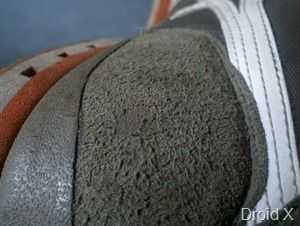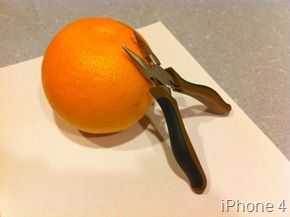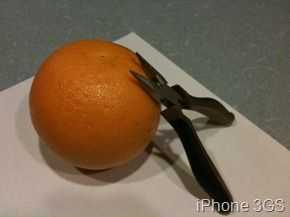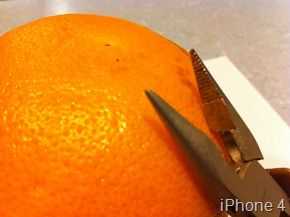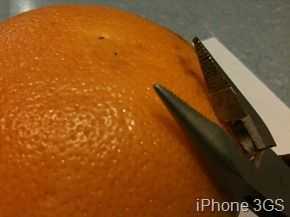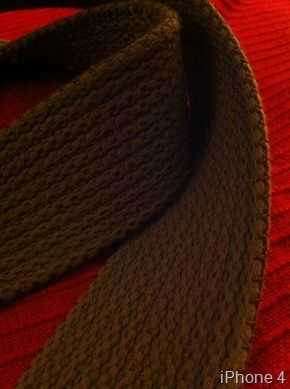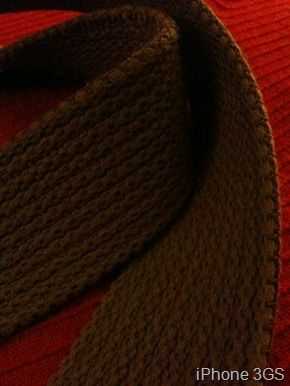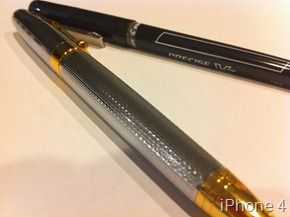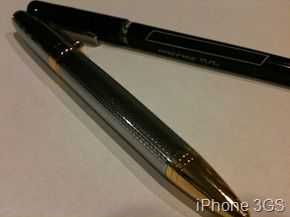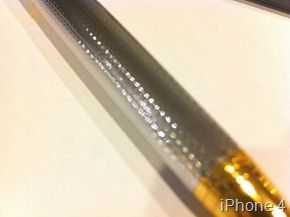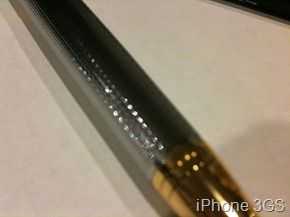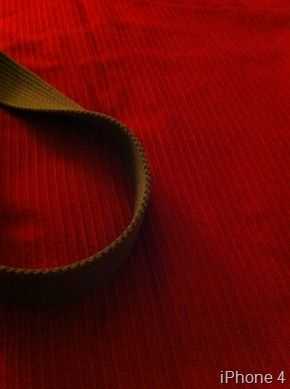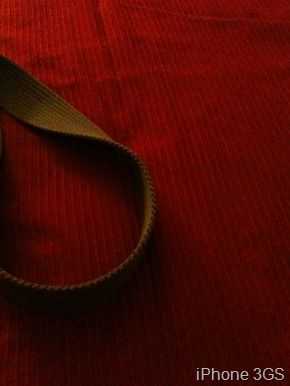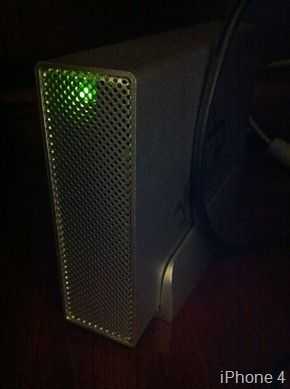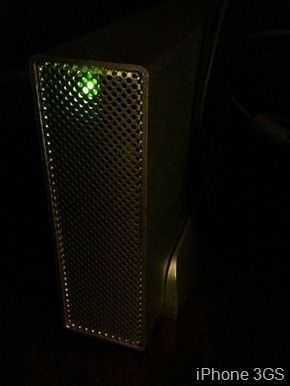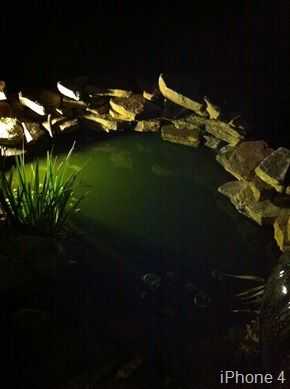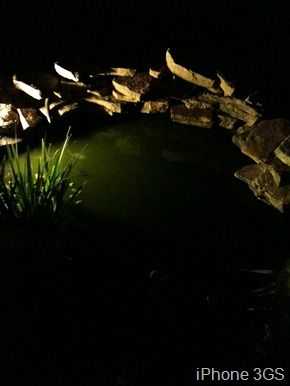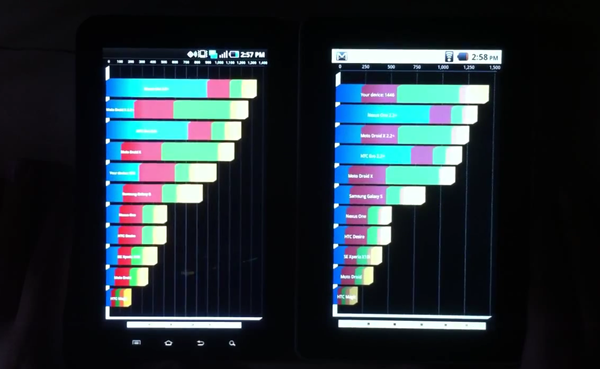 If you’re in the market for a 7 inch slate, Samsung’s 7 inch Galaxy Tab is the undeniable leader in this area… but it’s definitely not the only device you should consider. Take, for instance, Enspet’s Identity Tab e201. This 7 inch device is nearly spec-for-spec identical to Samsung’s Tab, less a lower screen resolution, but it actually performs just as well and even beats the Galaxy Tab on some benchmarks. Have a look at the two in a head-to-head video below:
If you’re in the market for a 7 inch slate, Samsung’s 7 inch Galaxy Tab is the undeniable leader in this area… but it’s definitely not the only device you should consider. Take, for instance, Enspet’s Identity Tab e201. This 7 inch device is nearly spec-for-spec identical to Samsung’s Tab, less a lower screen resolution, but it actually performs just as well and even beats the Galaxy Tab on some benchmarks. Have a look at the two in a head-to-head video below:
Tag Archive | "vs"

Samsung Galaxy Tab vs. Enspert Identity Tab Head-to-head Testing Video
Posted on 02 May 2011

Droid X vs. iPhone 4 Camera Test (video and stills)
Posted on 22 July 2010
While the Droid X [portal page] beats the iPhone 4 [portal page] in a straight-up megapixel to megapixel comparison by 3 megapixels (Droid X’s cam is 8 MP while iPhone 4’s is 5 MP), the iPhone 4 uses a fancy back-illuminated sensor, which enhances it’s ability to capture light, according to Apple.
The Droid X supports 720p HD recording, just as the iPhone 4, and interestingly, the Droid X has a mechanical shutter. The Droid X also has a dedicated two-stage camera button which focuses and captures, as well as a dual-LED flash. The iPhone has a single LED flash. Additionally, the Droid X can upload HD video directly to YouTube, whereas the iPhone 4 has to have the video put onto a computer and uploaded to YouTube for HD quality (Apple plans on updating this at a later time, so it’s a software restriction, not hardware).
Below I’ve taken some shots with both the Droid X and the iPhone 4 for comparison. The videos were both taken from the respective devices and uploaded to YouTube through a computer, just to ensure that no compression was taking place during the phone upload process.
Because this is a camera comparison post, I’ve bumped up the click-through pictures to a larger than usual resolution, so be sure to click on them for a more detailed view.
General
Macro
High Light
Medium Light
Low Light
Low Light (with flash)
Video
If you have a powerful computer and you’d like to watch these videos side-by-side, give this link a try. Slower computers will likely stutter if you try to run both in HD at the same time.
The iPhone has somewhat of an unfair advantage as it has auto-exposure adjustment, while the Droid X requires manual adjustment in the settings menu of the camera app. All pictures taken with the Droid were at an exposure of 0 (it ranges between -3 and +3) but just for comparison’s sake, here is the Low Light Droid X shot with the exposure turned up to +3 along side the same iPhone 4 Low Light shot that you saw above.
It’s hard to say which of the two has a better dynamic range, but the iPhone 4 seems to have more vibrant colors (not necessarily more accurate, however). The iPhone 4’s HD video also looks noticeably better than the Droid X’s in terms of sharpness and framerate, though the Droid X doesn’t seem to focus its camera before shooting HD video which is somewhat odd.

iPhone 4 vs. iPhone 3GS Camera Test, Video and Photos
Posted on 25 June 2010
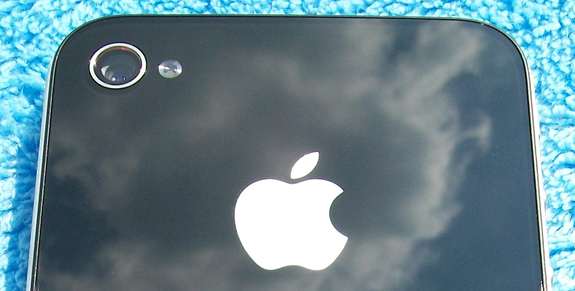 In the keynote that announced the iPhone 4 [Portal page], Steve Jobs told the world that the iPhone 4 features a 5MP camera. A decent bump from the previous iPhone 3GS’s 3.2MP camera, but still a far cry from some of the latest phones out there which are rocking 8MP cameras (see: HTC Incredible). Jobs was quick to also say that the iPhone 4 uses something called a back-illuminated sensor which is designed to capture more light than traditional smartphone sensors, to enhance low light performance. The iPhone 4 is also capable of recording HD video at 720p (1280×720) at 30 FPS, according to Apple.
In the keynote that announced the iPhone 4 [Portal page], Steve Jobs told the world that the iPhone 4 features a 5MP camera. A decent bump from the previous iPhone 3GS’s 3.2MP camera, but still a far cry from some of the latest phones out there which are rocking 8MP cameras (see: HTC Incredible). Jobs was quick to also say that the iPhone 4 uses something called a back-illuminated sensor which is designed to capture more light than traditional smartphone sensors, to enhance low light performance. The iPhone 4 is also capable of recording HD video at 720p (1280×720) at 30 FPS, according to Apple.
Here I’ve got some comparison photos and videos from the iPhone 4 and iPhone 3GS cameras:
Video Recording
At the end of the video there is a link to the same video taken with the iPhone 3GS. Make sure you are watching in HD.
Real HD video and flash (YouTube) HD video are a bit different. The raw file is certainly of a better quality than what YouTube is showing, but you should still be able to get the gist of it.
Photos
I’ve taken a variety of shots with the iPhone 4 and iPhone 3GS. Be sure to click on photos to enlarge them for full detail. The iPhone 4’s flash is turned off in all photos. The iPhone 4 takes photos at a resolution of 2592×1936 while the iPhone 3GS takes them at 2048×1536.
General Use
Close Ups
Extreme Close Ups
Low Light
Extreme Low Light
For one, it looks like the iPhone 4 has better contrast than the 3GS. This is particularly apparent in shots of the pen, where there is a more broad range of blacks and whites in the iPhone 4 shot; on the corresponding 3GS shot, you’ll notice that the darkest black on the photo appears to cover more area instead of fading through a series of shades as the light and colors change.
Probably the best picture to see the difference in resolution is of the belt in the Close Ups section. This was semi-dark shot and the iPhone 3GS’s photo suffered because of it.
Special back-illuminated sensors are great, but just how much better is the low light performance on the iPhone 4? I might be able to dig up a technical answer, but let’s look at what it means in real world terms. Take a look at the first two photos in the Extreme Low Light section. On the iPhone 4 shot, you can see the lilies toward the bottom of the pond a bit better than the 3GS shot. Additionally, the pond’s surface is not as noisy in the iPhone 4 shot as it is in the 3GS’s, due to the enhanced low light performance.
Is this really a significant improvement? I would put my money on the fact that the majority of iPhone 4 users will not notice the difference between the iPhone 4 and iPhone 3GS cameras when it comes to photographs. Most user’s photos will either stay on the device, or be uploaded or sent somewhere at reduced quality. But for those who really use their camera, I think they’ll be quite please with the iPhone 4’s camera. On the other hand, the HD video recording capability on the iPhone 4 is a pretty clear improvement. The flash is also something to consider, though because the iPhone 3GS doesn’t have one, we didn’t use it in these shots (if you are interested in flash info, you’ll find it in our upcoming full iPhone 4 review).
 |
| |||
 |
| |||
 |
| |||
 |
| |||
 |
| |||
 |
| |||
 |
| |||
 |
| |||
 |
| |||
 |
|



